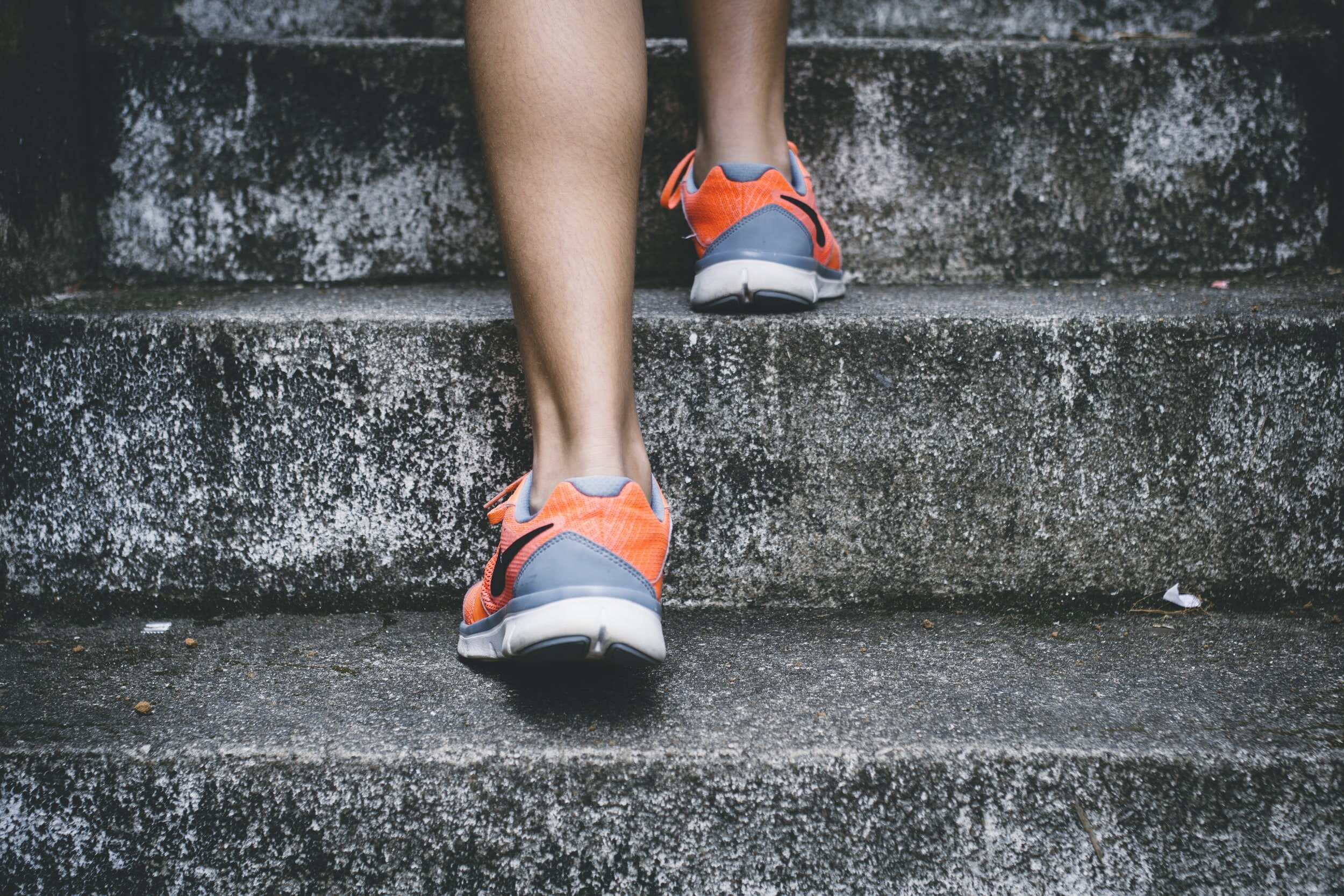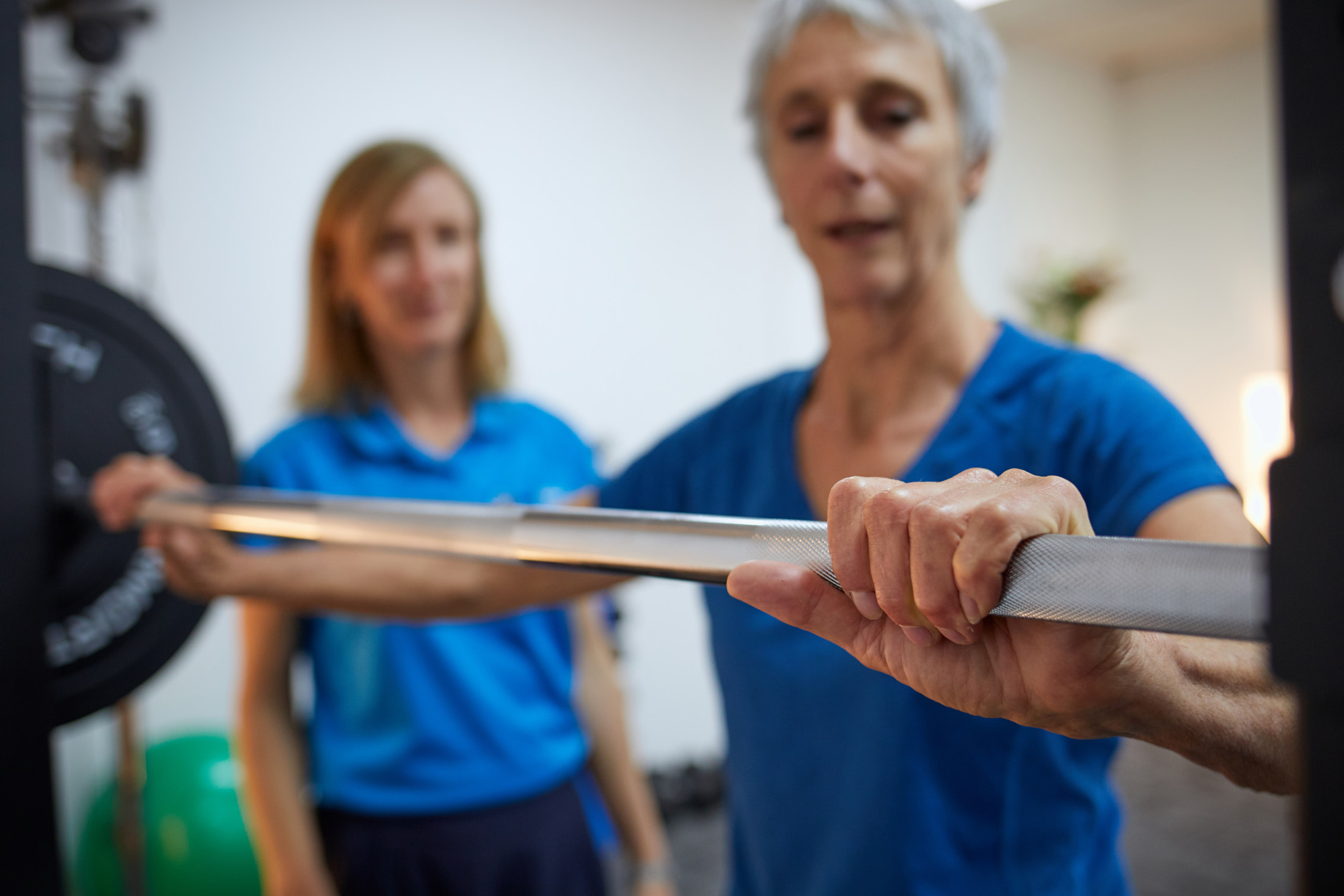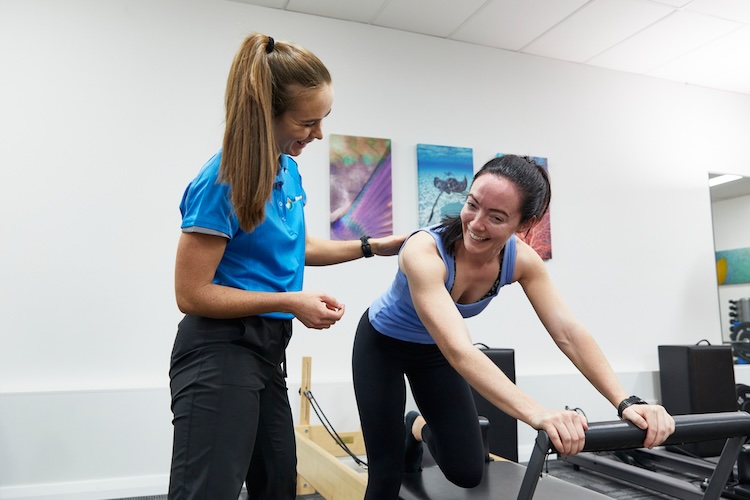Rethinking exercise for chronic Pain
Recent, April 2021 guidelines from the National Institute for Clinical Health and Care (NICE) recommend physical therapy, psychological approaches and acupuncture rather than analgesics to manage pain. This major change in pain treatment policy invites pain sufferer’s and health professionals to rethink what exercise or physical therapy means for people with chronic pain.
People who live with chronic pain have a real dilemma when it comes to exercise. They know the benefits of exercise but often find it difficult due to pain or subsequent flare up.
Next Wave Therapy provide all three recommended treatments for chronic pain and we also offer natural medicines. This article focuses on exercise for pain management.
Factors to consider when exercising with chronic pain
Exercise intensity, endurance and active rest are some important factors to consider when you want to exercise. Throw chronic pain in the mix and it’s really important that you get these factors write. This is where physiotherapy input can be really helpful.
Exercise intensity
Exercise intensity refers to how much energy is expended when exercising. Perceived intensity varies with each person. Intensity effects what fuel the body uses and what kind of adaptations the body makes after exercise. When intensity is sufficient you’ll see changes in your weight, body fat percentage, endurance, and strength. Intensity needs vary for each person.
Endurance
Endurance is the ability to exert oneself and remain active for a long period of time, as well as its ability to recover. The World Health Organization WHO guidelines for physical exercise suggest 150 – 300 minutes of vigorous-intensity aerobic physical activity each week. So the big question is how does someone who lives pain in a daily basis possibly achieve this goal?
Rest and recovery
Active rest during and after exercise is more important then ever when you experience persistent pain. When to rest and how long to rest during exercise varies. For example, you may need a 60 – 90 second rest between squatting exercises. Rest days also need to be considered.
A comprehensive physiotherapy assessment gives base line information to get you started with exercising in a safe way that will minimize flare ups. From there your Next Wave physio can guide you while you get stronger, fitter and more able to manage exercise yourself.
Remember pain flare up’s will happen, that’s life, but with expert guidance you can get more out of exercise, reap the rewards for your over all health and experience better pain management.
What type of exercise is best for chronic pain?
The answer to this is simply whichever one works best for you! There is no one size fits all when it comes to exercise. So think about what type of exercise ignites your interest and puts a spring in your step. .
-
Team Sports – team sports offer the added bonus of social interaction and motivation. Many people with chronic pain shy away from team sports not because they can’t play but because they don’t want to let the team down if they are having an ‘ off day’ or ‘flare up’. Having a team with lots of subs may be a good compromise?!
-
Groups and classes – yoga, aqua-aerobics, tai chi, walking group for example. Research shows that when you exercise with others in a group, your performance, motivation and satisfaction is greater than when exercising on your own.
-
Solo exercise -walking, yoga stretching or dancing in the lounge room
-
Functional Movement – transferring on and off a chair or toilet. standing, climbing stairs and walking are all exercise. When you live with pain, setting a goal of being able to do these things may be a very necessary and meaningful exercise goal.
-
Living life exercise – walking to the bus, doing the housework, taking the bins out all involve movement, which is exercise. These are your daily occupations and there’s a bit more written about this in the section below.
At Next Wave Therapy our aim is to help you move, think and feel alive. We listen to what it is you want and need to do in life. Our therapy then targets those goals. When you set goals based on what is important for you at this time in your life, the rest will follow (and our therapist’s are here to help you on the journey).
Living Life Exercise
People move every day to live their life. Movement is exercise and when someone has pain this type of exercise may be the very best for them. Rather than viewing exercise as adding ”another thing to do” and “feel guilty about not doing” why not think outside the box and do “living”
We move to carry out personal care such as washing and dressing.
We move to clean our houses, do our gardening and go to work.
We move to enjoy leisure time whether it is dancing, singing or pool floating
Getting the balance write
Do you avoid exercise because of pain? This only leads to more pain as the less activity you do, reduces fitness levels which means it takes less and less activity to trigger pain.
Do you push through and exercise anyway? Doing more than you can handle or dong too much and battling through the pain can be counter productive and leave you suffering for hours or days form the over-exertion.
Getting the balance write in your activity/exercise levels can be like walking the tight rope. You need to get it just write to be able to carry out the things you need, want and are expected to do in life. To make matters more challenging the conditions for walking this “tight rope” aren’t the same every day!
To walk the pain management tight rope you need:
-
Concentration – keep an eye on the time and ensure that you exercising within your threshold
-
Vigilance -move “just enough” to get the most out of the day and be able to do what matters
-
Technique – move in a way that works for you
-
Mind set – remember that pain doesn’t signal danger (like it usually does). When you have chronic pain it is safe to move (within your tolerance zone).
-
End goal – remember that doing things that matter builds meaning in your life. Having meaning in life is linked with greater happiness, longevity and overall health.
Occupational therapist’s and physiotherapist’s at Next Wave Therapy help people with chronic pain live in a way that works for them. This is what person centered care means. We look at what the matter is in context of the latest evidence and then ask “what matters to you?”
Next Wave Therapy Follow NICE Guidelines for Chronic Pain
Consistent with the recent NICE guidelines Next Wave Therapy provide physical therapy , psychological therapy and acupuncture.for chronic pain management.
Physical Exercise Therapy
Next Wave Therapy physiotherapists are highly skilled in assessing the best type of exercise for you and how to undertake it. They help you move from rehab in the studio into exercise at home, in your gym or elsewhere.
Physio exercise classes include Clinical Pilates, strength and conditioning, weights and functional fitness training. Yoga is also availble through our occupational therapy service.
Psychological Therapy
Living a life full of movement when you have chronic pain also requires the ability to rest, get a good nights sleep, manage stress and relax. Next Wave Therapy occupational therapists can provide help with all these life skills.
Focused Psychological Therapy (FPT) is also available with myself for people who have mental health concerns such as anxiety, depression, PTSD. In providing this therapy I primarily use an Acceptance and Commitment Therapy (ACT) approach. This service can be accessed via self referral or a Mental Health Plan Medicare referral from your GP.
Acupuncture
Next Wave physiotherapist Jonathan Wray offers Integrative Acupuncture which draws on contemporary western pain science and classical Japanese acupuncture. Other therapists, both physio and OT, offer trigger point ‘dry needling’ treatment approaches.
Medication
According to the WHO Guidelines, there is “little or no evidence” that treating chronic pain with analgesic’s makes any difference to the person’s pain experience, quality of life or psychological distress. This relates to pain with no identified cause that has persisted for at least three months (known as chronic primary pain) and more complex pain presentations such as neuropathic pain and nociplastic pain.
Pain caused by a known underlying health condition such as osteoarthritis, rheumatoid arthritis, ulcerative colitis or endometriosis is known as chronic secondary pain. These conditions have beneficial medications which need to be prescribed by a medical physician.
There are many well indicated natural therapies for different types of pain. We often treat patients who have been taking natural medicines for extended period of time, at a high cost but continue to experience pain. To ensure correct prescription a review with one of our naturopaths is highly recommended.
Moving toward living life with chronic pain
Our aim is to help you live a rich and meaningful life despite pain. This means not trying to avoid pain and the “flare up’s”, “crashes”, “fluctuations” that inevitably happen. It means living a life without limits. It means moving, whether in formal exercise or by virtue of living your life. It means taking control and deciding what is important or not important.
Please contact us if you live with chronic pain and need help exercising.
© Copyright Next Wave Therapy
Written by Sasha Wray
Sasha Wray is a director and principal occupational therapist at Next wave Therapy. She is also a qualified naturopath and acupressure practitioner, Sasha has a special interest in helping people to live well. She treats complex pain presentations, chronic pain, mental health, trauma, neuro-endocrine and hormonal health concerns.







